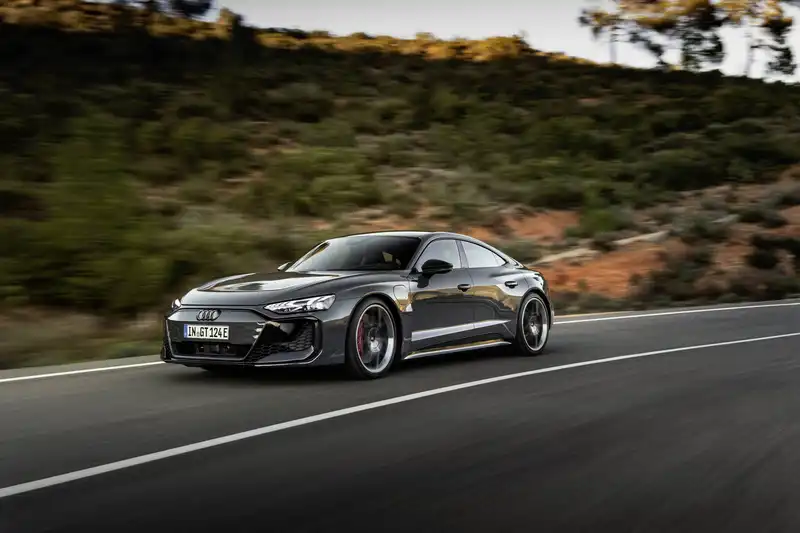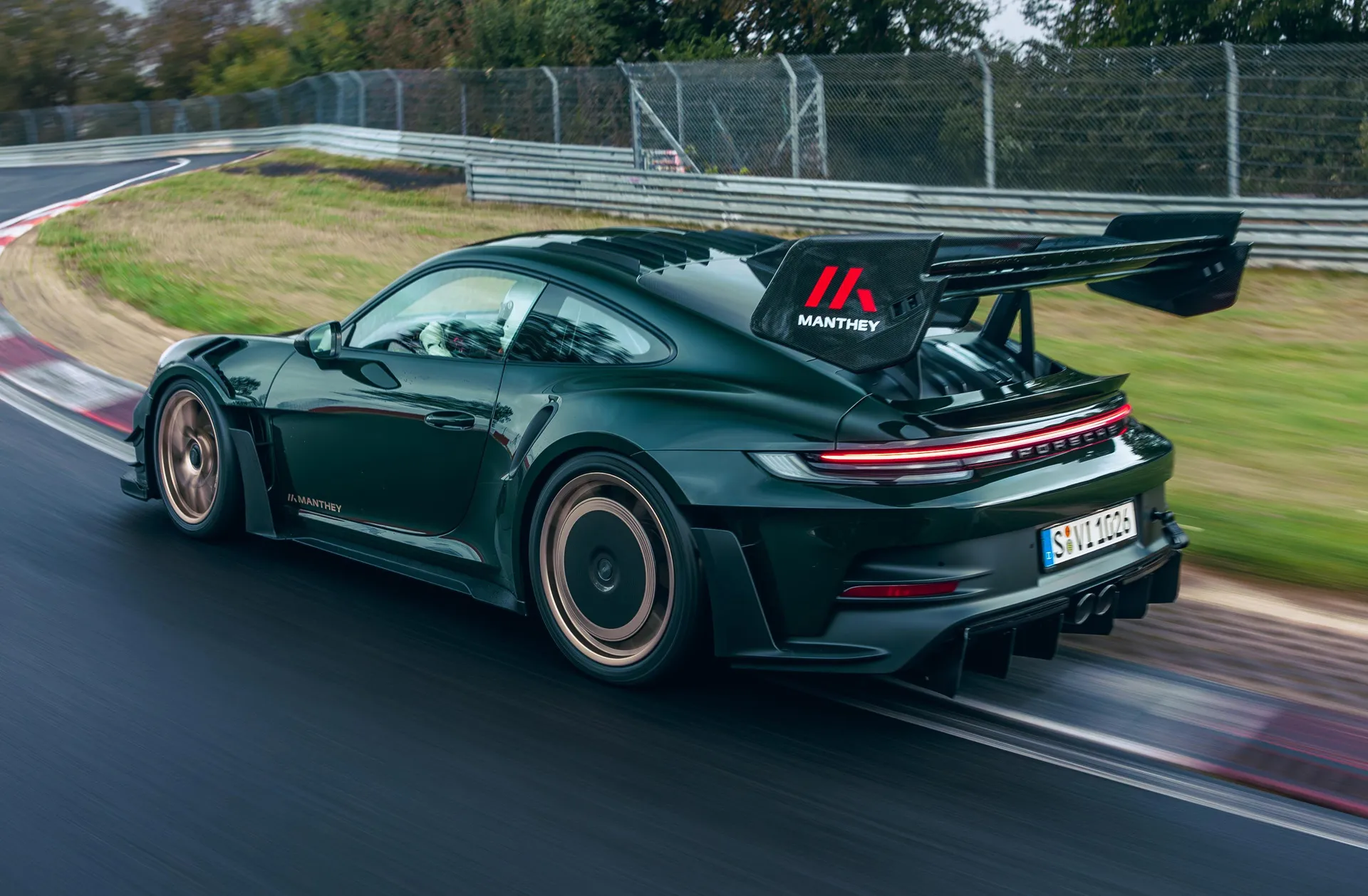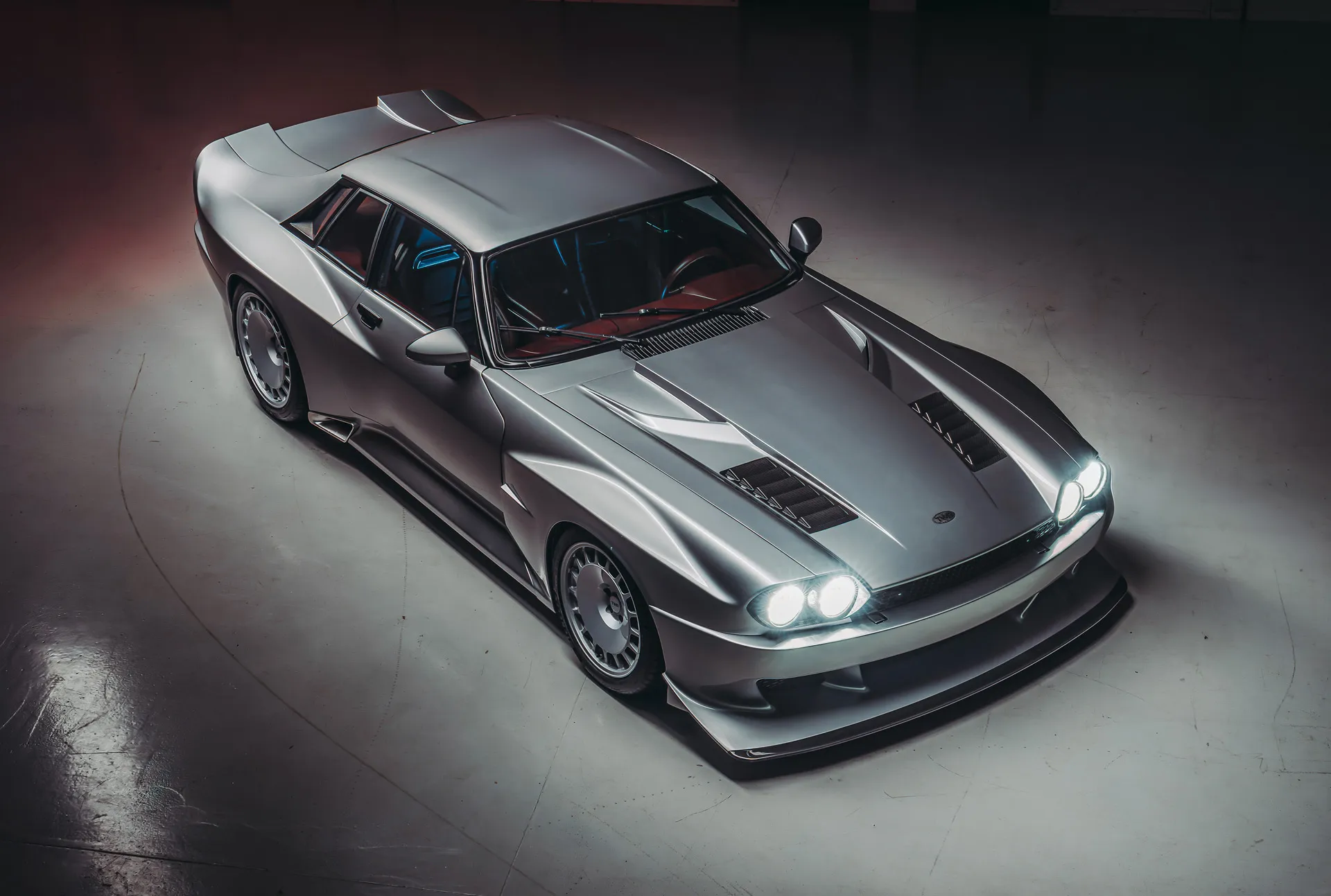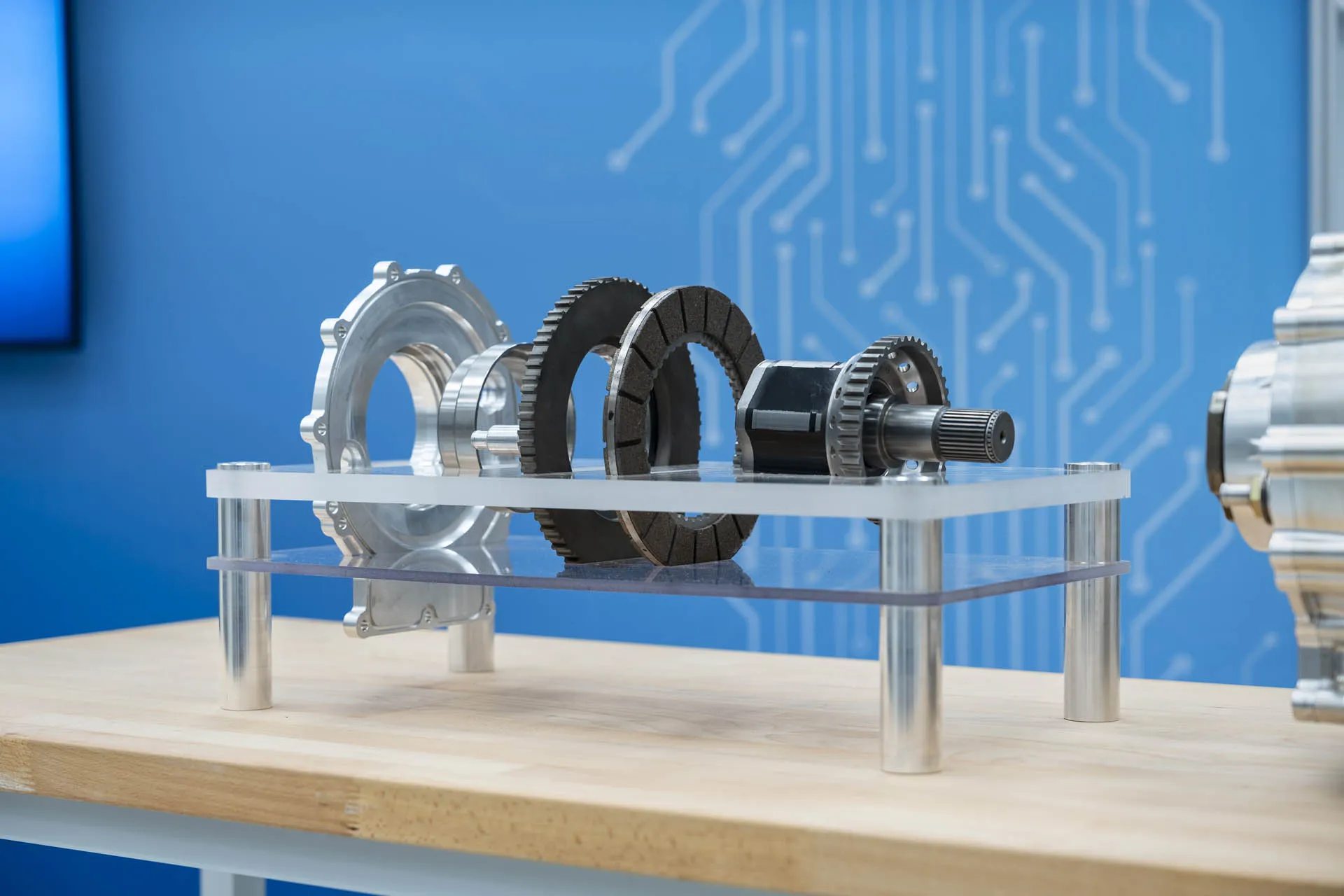Bonus production of the Ford F-1: the first modern half-ton pickup truck.
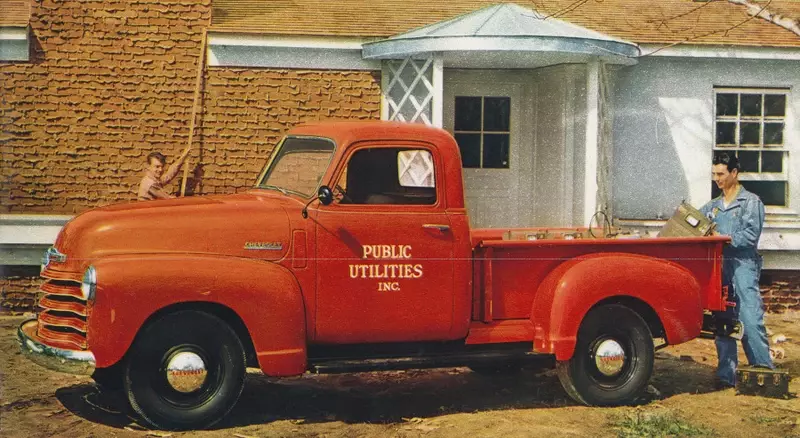
Prior to 1947, there were no "golden ratio" options for half-ton pickup trucks. The choices were either slightly modified trucks on passenger car chassis or downsized medium-duty trucks. This all changed with the introduction of the 1948 Ford F-1 Bonus Bilt.
Prior to 1948, pickup trucks were certainly produced by Ford, GM, and other truck manufacturers, but they tended to be one of two types. The Big Three produced trucks based largely on passenger car components, and the truck manufacturers (and some automotive OEMs) produced heavy-duty trucks that were scaled-down versions of medium-duty trucks.
For example, the Ford Model TT, which was produced from 1917 to 1927 based on the Model T. The only significant changes between it and the Model TT were a slightly heavier steel stamped frame and a worm gearbox and pinion rear axle. It was ideal for farm and town trips, but not for frequent long-distance travel.
This standard of adapting a passenger car chassis to a light truck was continued in the Ford AA, Ford BB, and Ford Model 50. Each featured a stronger frame, and the suspension was upgraded for heavier-duty applications (though not in terms of ride quality: front shock absorbers were optional on the Ford AA, and rear shock absorbers were not available from the factory at all).
Meanwhile, heavy-duty truck manufacturers such as Mack offered smaller versions of their medium-duty trucks: the 1937-1938 Mack Jr with payloads ranging from ½ ton to 3 tons and configurations from pickups and school buses to flatbeds and tow trucks. and came in the form of eight models. Even the most basic Mack Jr model cost nearly 25% more than a comparable Ford and was unsaleable during the Great Depression. Sales ceased after two years.
After the end of World War II, the Big Three shifted their focus from producing military vehicles and airplanes to developing new products for the growing middle class. Accordingly, new light trucks were introduced: in 1947, General Motors introduced two new pickup trucks, the Chevrolet Advance Design and the GMC New Design. Despite their more attractive designs, these two pickups were based on the 1936 GM A platform shared with Chevrolet, Pontiac, and Oldsmobile. Engines were limited to a 216 CID inline six-cylinder engine.
In 1948, Dodge changed the design of the B Series, but it was not fundamentally new. The front fascia clearly bordered the fenders, but a split windshield was adopted, the rear window became smaller, and the rear fenders were given a more traditional rear axle appearance. The powertrain was a 1924 inline six-cylinder engine.
But Ford had a better idea. As the first postwar novelty, they tried to market the 1948 F-1 Bonus Built pickup truck. This pickup truck was brand new, designed from the ground up. Its frame was designed specifically for light trucks and no longer had anything in common with a passenger car chassis. From lever shock absorbers, Ford switched to double-acting telescopic shock absorbers, which it claimed were "aircraft type." These sealed shock absorbers required only periodic replacement and needed no ongoing maintenance. An entirely new third strut was developed that was strong enough to be mounted on the chassis of medium-sized Ford trucks.
Ford's million-dollar investment in the new cab was part of the company's "Wider. Longer. Higher." Design features included wider doors, increased legroom, and a bench seat that was adjustable in both recline and tilt. The cab itself was attached to the frame by insulating bushings at the front and lever-torsion links at the rear.
In terms of design, the 1948 Ford Bonus Built was superior to the 1948 Dodge B-series. The grille and hood (optional for $10) are brightly colored, and the front fenders go over the front fascia. The rear fenders were changed from their previous semicircular shape to one integrated with the front fenders. The bonus assembly featured a curved integral windshield, another difference from the pre-war design.
Unlike competitors who offered only inline six-cylinder engines (often with a single displacement), Ford offered three different engines, one of which was the legendary 100-horsepower V8.
This was no accident. Henry Ford II's goal was to overtake Chevrolet in total production (cars and trucks). The biggest difference between the two companies was Chevrolet's dominant share of the light truck market. In order to overtake Chevrolet, Ford had to surpass Chevrolet in light truck sales.
The Ford F-1 was also sold in Canada under the Mercury brand. Due to Canada's small population, many cities could not maintain Ford and Lincoln Mercury dealerships. In order for Ford Canada to sell the new truck across Canada, the Mercury M-1 brand was created.
From the beginning, Ford sought to create a more rugged and comfortable commercial truck, but light trucking consumers soon began buying the F-1 Bonus Built to meet their needs. Horse owners who needed the payload capacity to haul a few bales of hay were not only attracted to the F-1's capabilities, but also its style and comfort. Ranchers replaced their sedans and coupes with Ford Bonus Built pickup trucks.
By 1953, this was a trend, and Ford supported it. That same year, in honor of Ford's 50th anniversary, the F-1 became the F-100 (this calculation is also not entirely clear). A reported $30 million was spent on the redesign and subsequent refurbishment, which included perhaps the first full ergonomic study. Luxury features such as a windshield, large rear window, insulated roof, interior lighting, armrests, sun visors and radio appeared. In 1953, the F-1 Bonus Built narrowed the gap between Ford and Chevrolet in sales of half-ton pickup trucks. Ford and International were minor players.
In 1954, the flathead V8 engine was replaced by a new 130 hp OHV Y-block V8 engine with 239 CID, a first for a light truck; the F-100 received a reduced turning radius, vacuum brake booster, Ford-O Matic automatic transmission, automatic transmission, MagicAire heating and ventilation system, and other features that transformed it from a work truck to a vehicle that could be driven by all members of the family.
All of these amenities, designed to make delivery drivers more efficient through easy access, increased comfort, and lower operating costs, made the half-ton pickup truck the most popular vehicle sold in the United States today and helped Ford. This has led to a completely unexpected result - pickup trucks continue to take the top spot.
This article, written by Art Michalik, was originally published on ClassicCars.com, an editorial partner of Motor Authority.
.